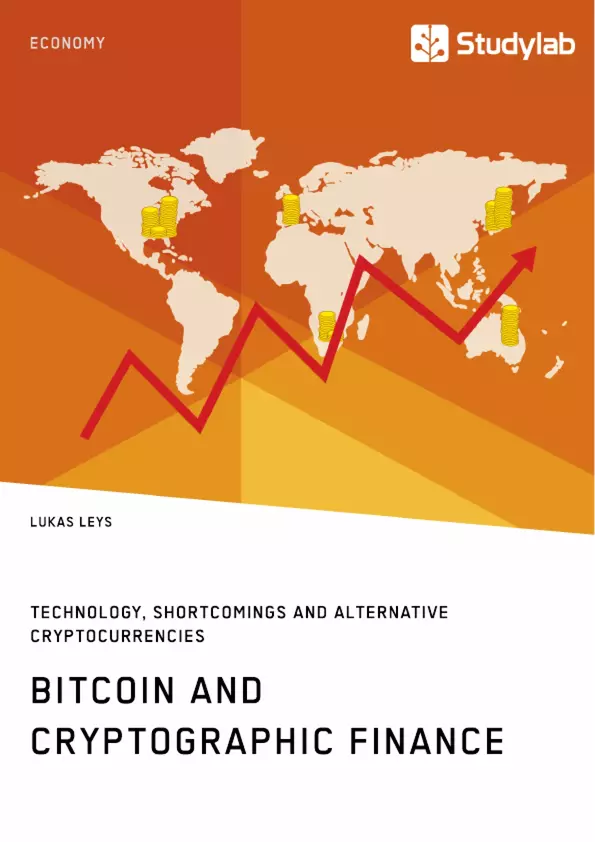Designed by an anonymous creator, Bitcoin is an intriguing and revolutionary modern technology and payment transaction infrastructure. But as with any new technology, there are many obstacles and threats on the path towards mainstream acceptance. What are the shortcomings of the Bitcoin protocol and Bitcoin as a currency? Moreover, which competitors may one day be able to surpass Bitcoin and make it obsolete? Could a suitable competitor replace Bitcoin, or will the open source virtual currency keep improving itself to make competition obsolete?
Traditional classifications for currencies do not adequately apply to Bitcoin. It is a new type of financial technology that entered the global market in 2008 and has since been able to draw the attention of investors, business leaders, regulators and politicians.
Whereas a Dollar, Yen, Yuan or Euro can be hold like a currency, they cannot be secured and transacted simply by itself. Individuals have to rely on third party intermediaries in order to transfer funds for them and in order to store them securely. Contrary to that, one cannot focus on Bitcoin as a currency without acknowledging that it is also a transaction system in itself and would not be able to function is one part of this duality is gone. In fact it is even more precise to look at Bitcoin as a decentralized transaction and financial services system, with a currency function being only one aspect of the technology.
In this book:
- Bitcoin;
- Ripple;
- cryptocurrency;
- financial technology;
- financial service;
- virtual currency
Inhaltsverzeichnis (Table of Contents)
- Executive Summary
- Definition of Bitcoin
- Technical Description of Bitcoin Transaction
- Blocks
- The Byzantine Generals Problem
- Double Spending Solution
- Decentralization
- Technology of Bitcoin
- Method of Operating
- Network
- The Block Chain
- Wallets
- Bitcoin Addresses
- Public Key
- Private Key
- Mining
- Difficulty
- Anonymity
- The Shortcomings of Bitcoin
- Zero-Sum Game and Investor Problem
- Price Volatility
- 51% Attack
- Mining Incentive Scheme Flaws
- Private Key Vulnerability
- Irreversible Transactions
- Information Asymmetry
- Fraud and Hacking
- Confirmation Times
- Deflationary Bias
- Bitcoin Wealth Distribution
- Scalability
- Energy Consumption
- Illicit Transactions and Money Laundering
- Conclusions
- Analysis: Alternative Cryptocurrencies
- Alternative Cryptocurrencies
- Litecoin
- Dogecoin
- Darkcoin
- Peercoin
- Ethereum
- Primecoin
- Mastercoin
- Network Effect of Bitcoin
- Analysis: Ripple
- Analysis: Bitcoin Side Chains
- Conclusion
Zielsetzung und Themenschwerpunkte (Objectives and Key Themes)
This text aims to provide a comprehensive overview of Bitcoin and other cryptocurrencies, exploring their technological foundations, potential shortcomings, and the emergence of alternative cryptocurrencies. The text delves into the technical aspects of Bitcoin, analyzing its underlying technology and its economic implications.- The technical aspects of Bitcoin and its underlying technology
- Potential shortcomings of Bitcoin, including its security and scalability limitations
- The emergence of alternative cryptocurrencies and their advantages over Bitcoin
- The economic implications of Bitcoin and other cryptocurrencies
- The future of cryptocurrency and its potential impact on the global financial system
Zusammenfassung der Kapitel (Chapter Summaries)
- **Executive Summary:** Provides a concise overview of the key points discussed in the text, highlighting the technological advancements of Bitcoin and its potential shortcomings, while also exploring the emergence of alternative cryptocurrencies.
- **Definition of Bitcoin:** This chapter delves into the technical aspects of Bitcoin transactions, explaining its underlying technology and highlighting key concepts such as blocks, the Byzantine Generals Problem, the Double Spending Solution, and decentralization.
- **Technology of Bitcoin:** This chapter explores the operational aspects of Bitcoin, covering its network structure, the blockchain, wallets, Bitcoin addresses, public and private keys, mining, difficulty, and anonymity.
- **The Shortcomings of Bitcoin:** This chapter critically examines potential limitations of Bitcoin, including its vulnerability to price volatility, the potential for 51% attacks, flaws in the mining incentive scheme, private key vulnerability, irreversible transactions, information asymmetry, fraud and hacking, confirmation times, deflationary bias, wealth distribution issues, scalability challenges, energy consumption concerns, and its use for illicit transactions and money laundering.
- **Analysis: Alternative Cryptocurrencies:** This chapter provides an overview of several alternative cryptocurrencies, exploring their unique characteristics, advantages, and potential challenges. It covers Litecoin, Dogecoin, Darkcoin, Peercoin, Ethereum, Primecoin, Mastercoin, and the Network Effect of Bitcoin.
- **Analysis: Ripple:** This chapter presents a detailed analysis of Ripple, a cryptocurrency that offers alternative solutions to traditional financial systems, exploring its potential benefits and drawbacks.
- **Analysis: Bitcoin Side Chains:** This chapter examines the concept of Bitcoin side chains, exploring their potential to address some of the limitations of the Bitcoin network.
Schlüsselwörter (Keywords)
The text focuses on the technological foundations, potential shortcomings, and alternative implementations of Bitcoin and other cryptocurrencies. Core concepts include blockchain technology, decentralization, security, scalability, price volatility, alternative cryptocurrencies, and the impact of cryptocurrencies on the financial system.- Arbeit zitieren
- Lukas Leys (Autor:in), 2014, Bitcoin and Cryptographic Finance. Technology, Shortcomings and Alternative Cryptocurrencies, München, GRIN Verlag, https://www.grin.com/document/380675



